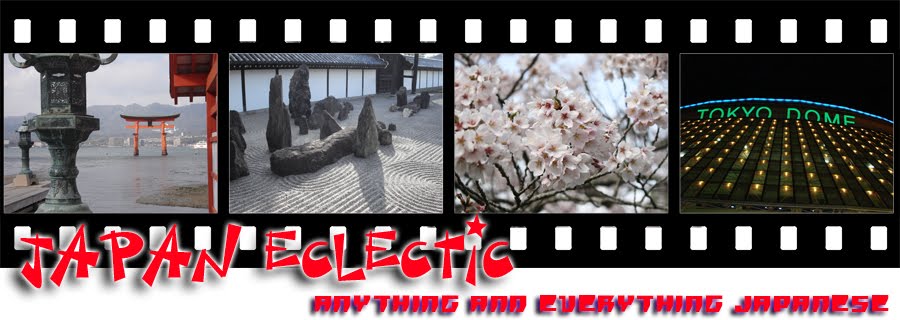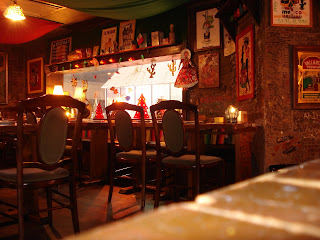Cleaning lasts for about 15 minutes, except when there is a “big cleaning” called oosouji which lasts for about 30 minutes. Schools generally have big cleaning at the end of every term. Regular cleaning can be held anywhere from once a week to every day. If they don’t have cleaning, for whatever reason, often the class leaders are required to stay after and clean the classroom. Cleaning is usually done either after lunch or after classes before afternoon homeroom.
In each class, the students are divided into small groups, often translated as lunch groups. The number of groups depends on the number of students in the class. At junior high they generally have between 5-6 groups, with between 4-6 members per group (again, this depends on the size of the school). Each class, and then group, is responsible for a certain area. They usually have a chart, and the groups rotate through the areas every week. One location is always their classroom, and then the others vary from hallways, to toilets, to the library, to the stairs, to other extra classrooms.
Each teacher is assigned a few areas to look over and make sure that the students are doing their job. Depending on the area, the students will have different jobs. Most areas will have some students sweeping while others clean the floor with wet rags. In classrooms someone will be in charge of the trash, cleaning the chalkboard, and other such duties. The desks get pushed to the back, and then the front of the classrooms during cleaning. During big cleaning, the students also clean the windows, their desks, on top of the cabinets, and other such areas.
Some students do not like cleaning, obviously, and some skip cleaning time. Also because cleaning is not done everyday, or because things just get dirty, some teachers will do small cleaning in the hallways or classrooms during their free time. The floors are often not waxed, at some schools they wax once a year, at others once every few years.





















